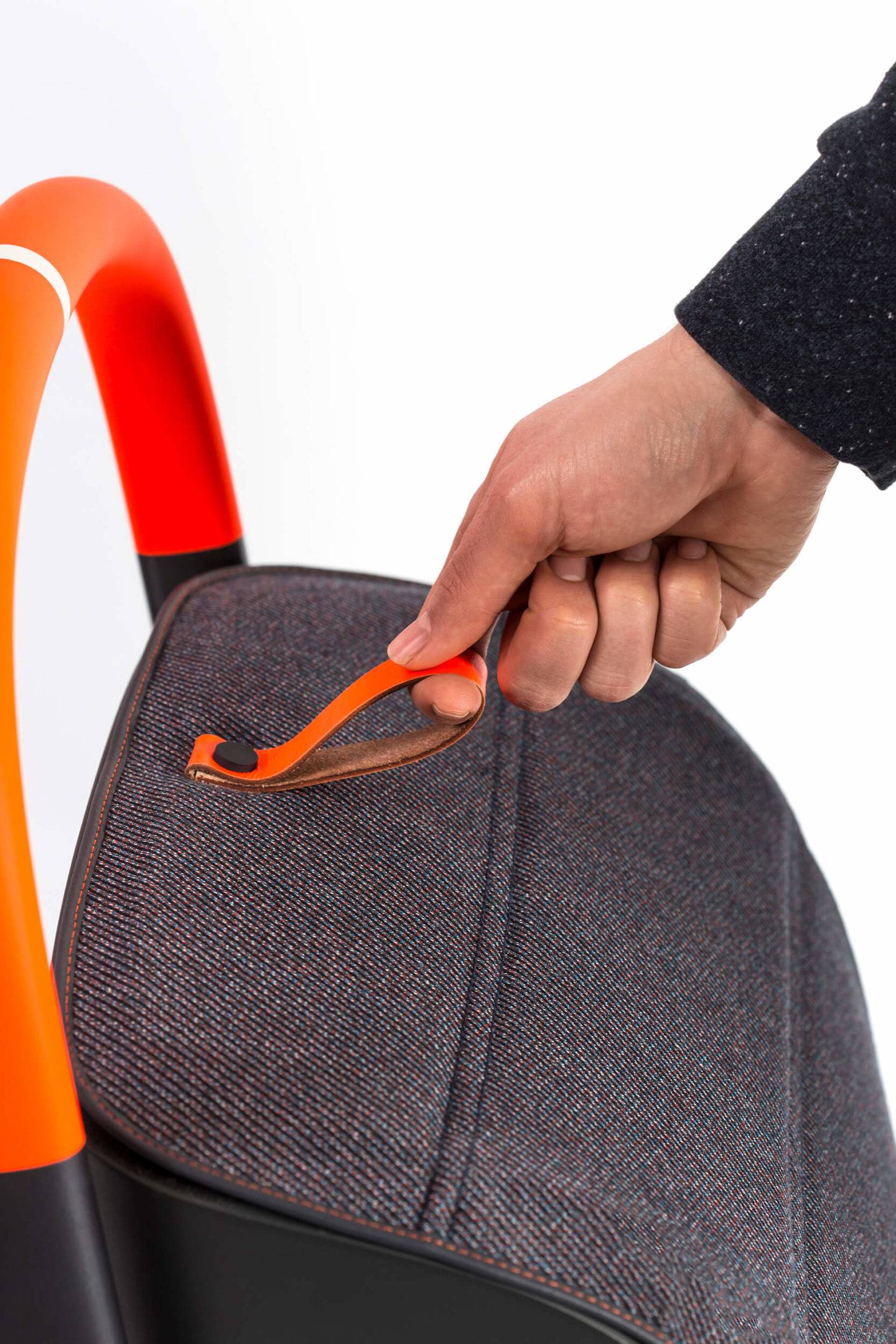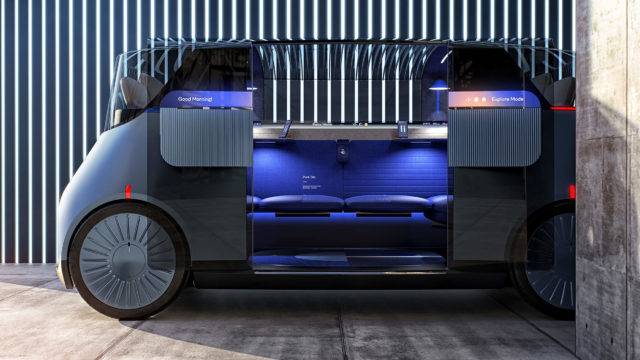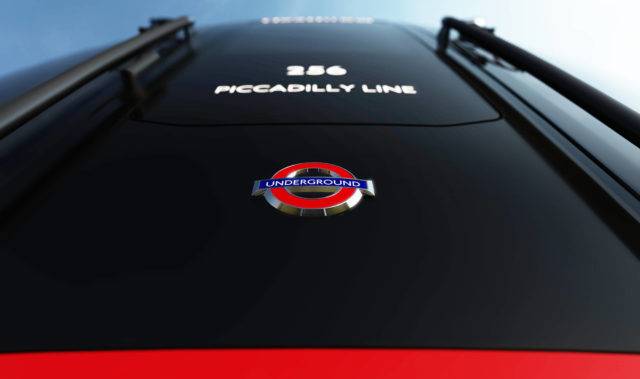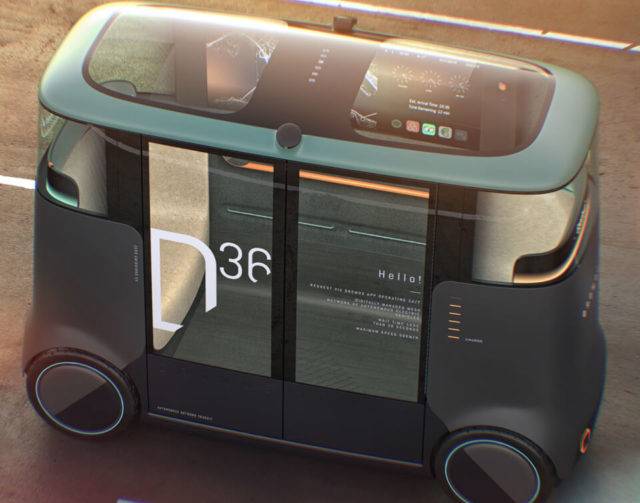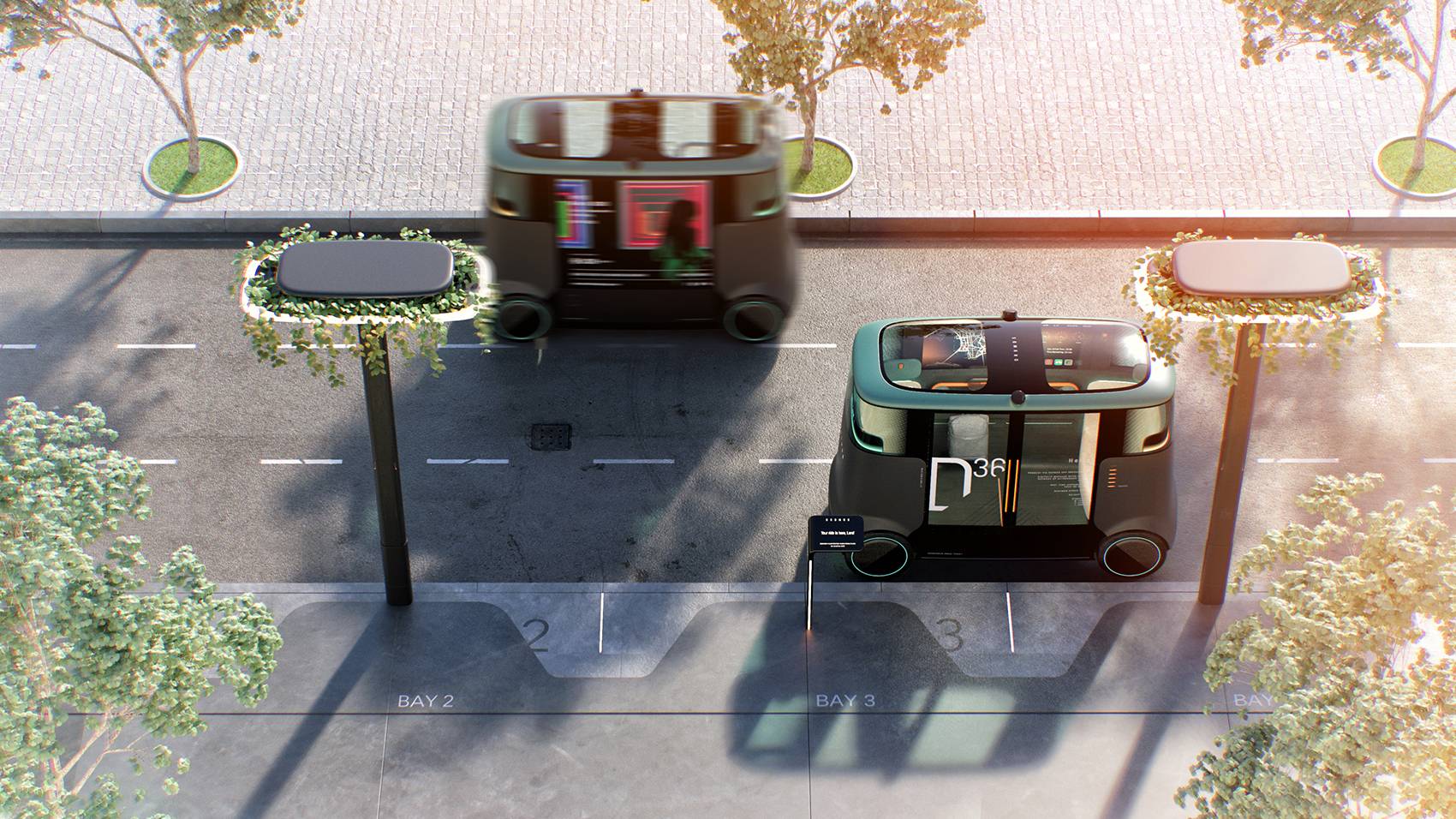
Vehicle + Mobility
PriestmanGoode is an experienced industrial design studio working on vehicle design across various forms of mobility, both existing and future. Our team sees vehicle design as an opportunity to create iconic modes of transport, whether that’s a train, an autonomous vehicle, a bus or a personal scooter.
We take a human-centred approach to design, and aspire to create vehicles that reflect a sense of place, that combine form and function and can elevate everyday experiences.
Autonomous vehicles
The rapid growth of technology provides exciting opportunities for the design of autonomous vehicles. Our expertise here is on designing vehicles for shared use, recognising a change in passenger needs and consumption habits. We are able to draw on our vast expertise designing across every mode of transport to design luxurious vehicles that create a sense of place, and are designed around the user.
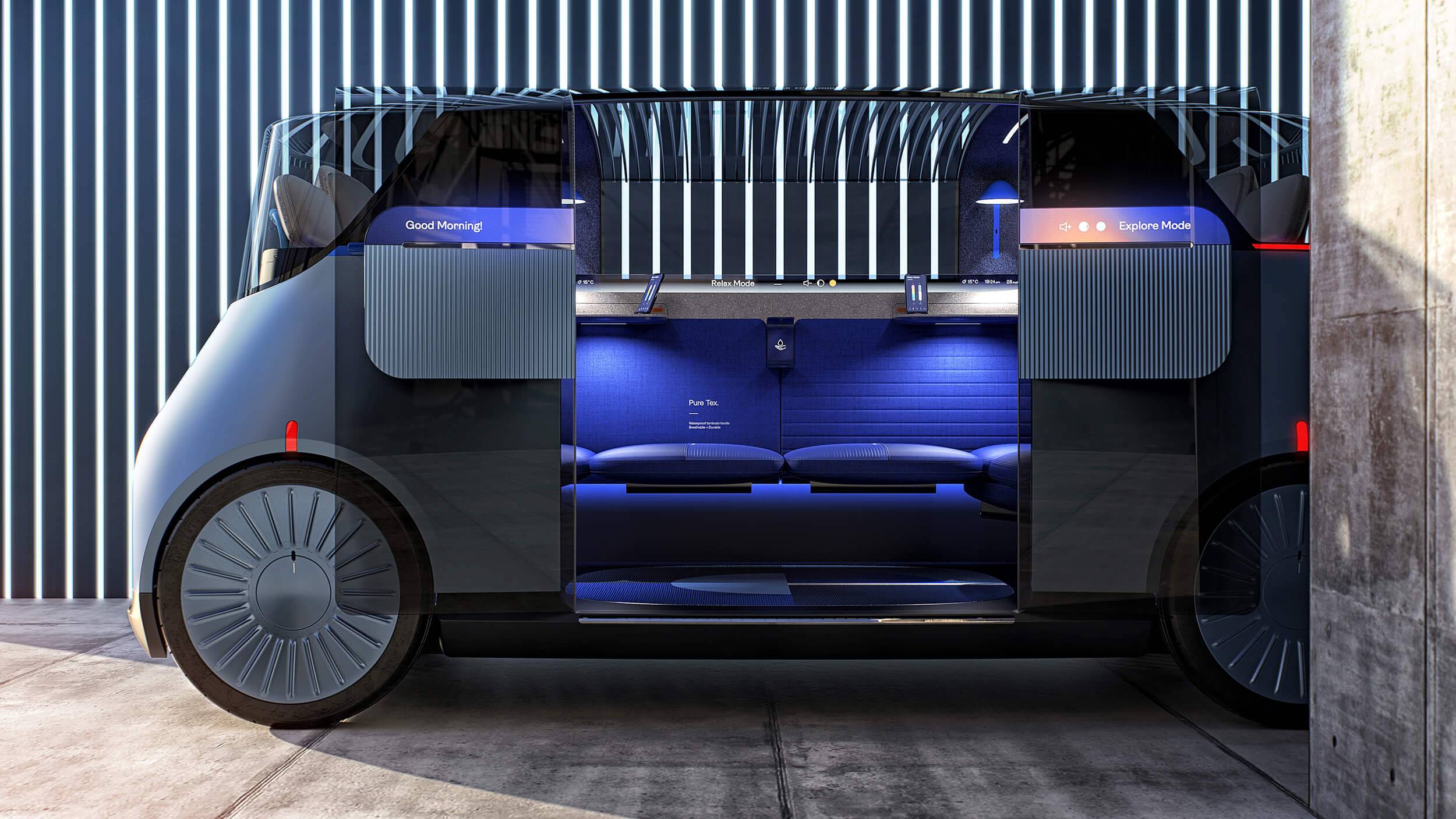




Rail
Great vehicle design isn’t just about a highly functioning form, it’s an opportunity to create an icon, a vision for a brand or a country. It can represent an ambition for innovation that positively impacts brand perception. We have expertise in designing every type of rail vehicle, whether we’re designing a new vehicle from scratch, or adapting an existing vehicle to create a customised vision for a client. Our expertise spans the breadth of the industry: from light rail and metro to commuter trains, intercity, sleeper, monorail, double decker and suspended monorails to high speed trains and maglev, we work on rail projects all over the world.

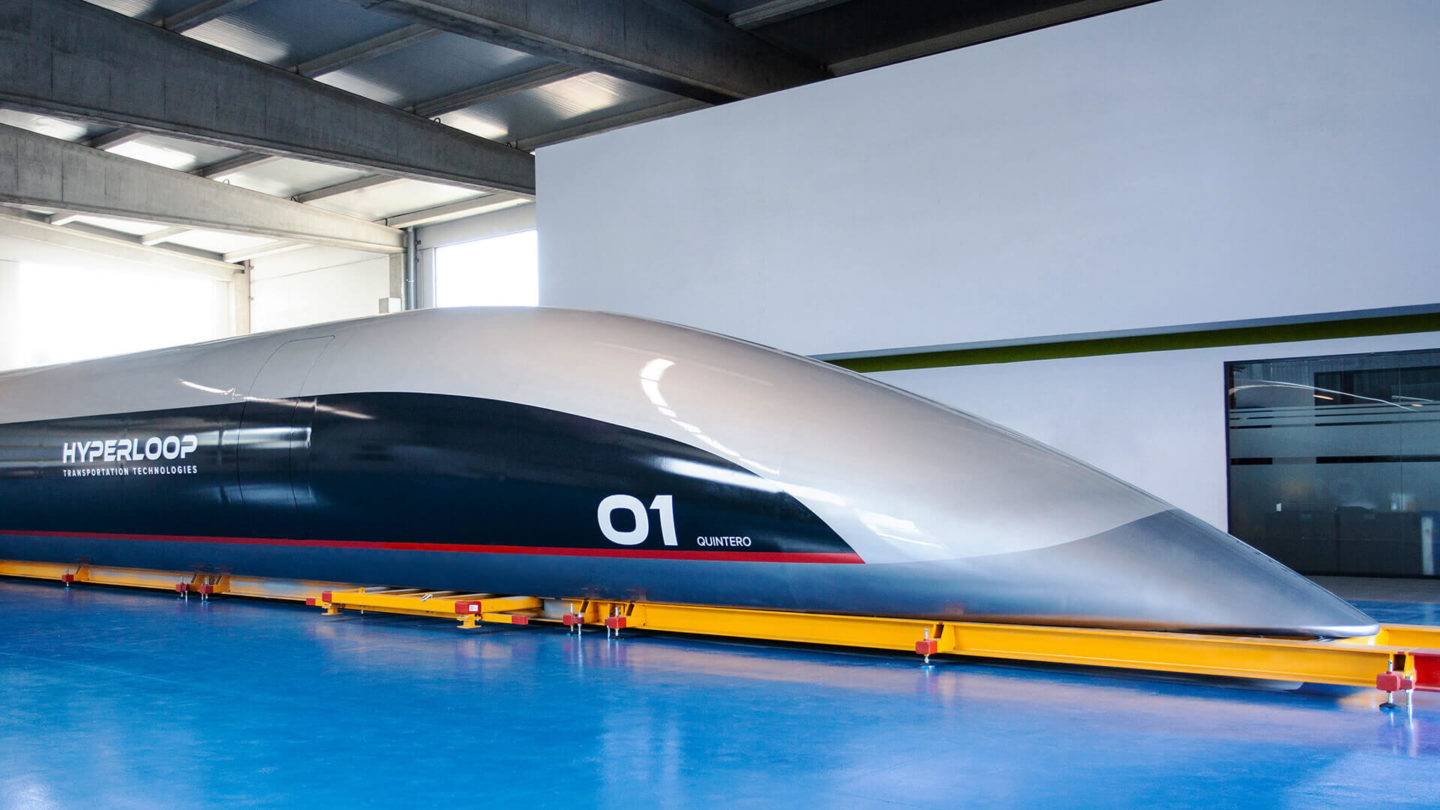
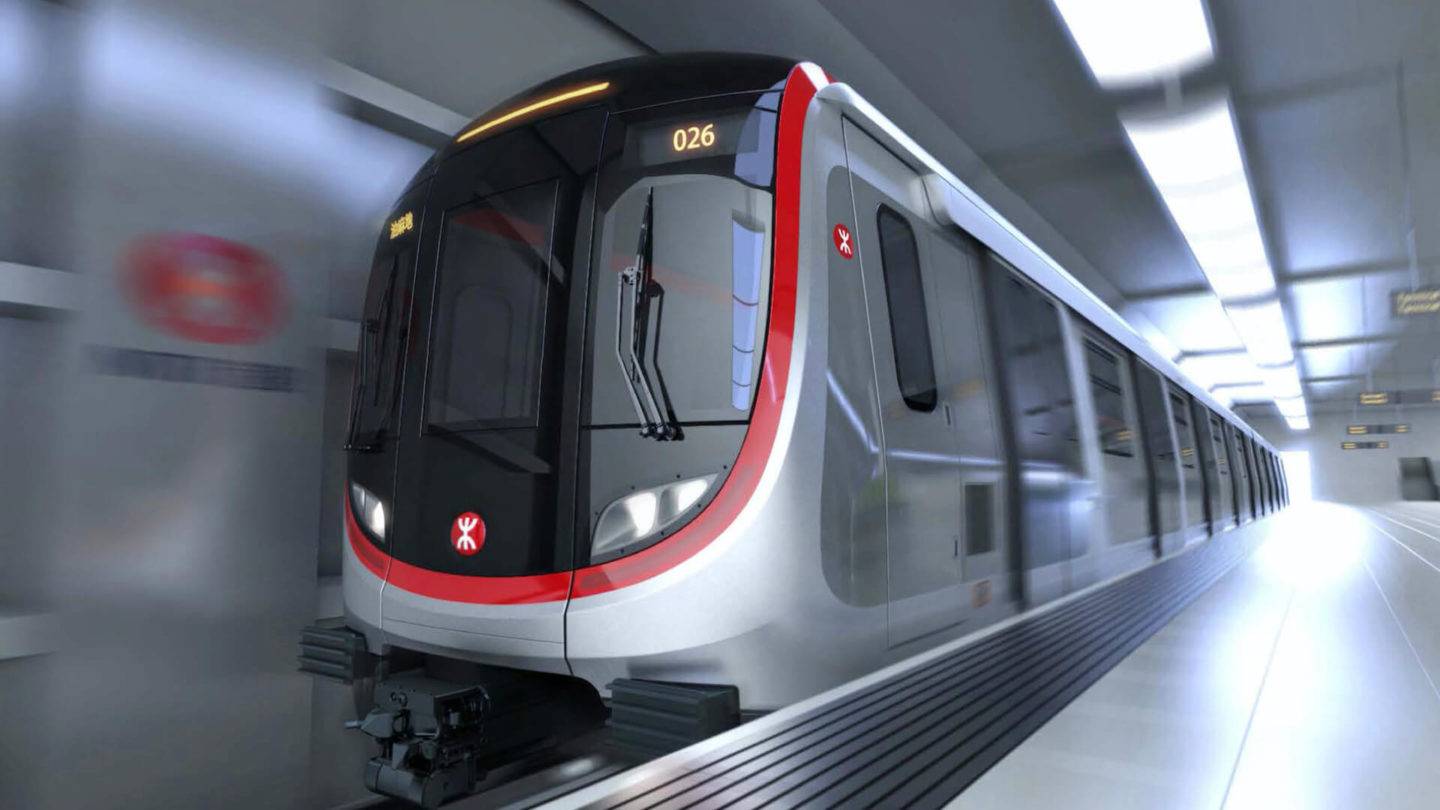

Personal mobility
Micro mobility solutions such as scooters or bicycles, are integral to successful first and last mile strategies, especially in urban environments. PriestmanGoode’s background lies in product design, a skill that we have continued to hone over three decades of working for some of the world’s largest brands. We view personal mobility as a tool to enable greater transport accessibility as well as improve health and air quality in cities. The holistic nature of our designs ensures that we consider how personal mobility integrates with other modes of transport and within the infrastructure of well-functioning future cities.

